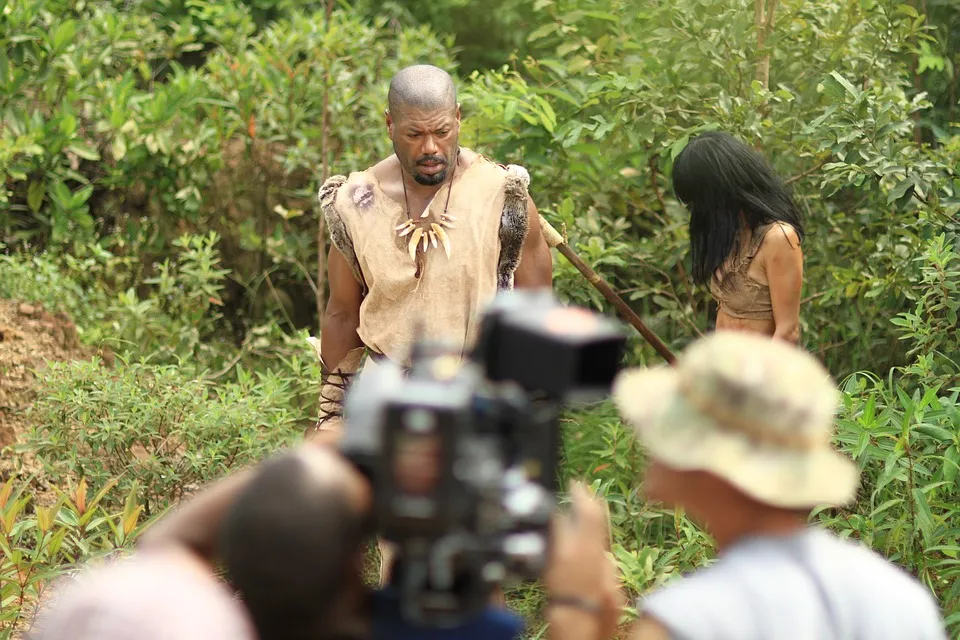
Photo Credit: Creative Commons
You filmmakers know this happens every time. You're on a shoot and your script is pretty solid, but it also may be too solid.
What I mean is that screenwriters have been told again and again if a scene doesn't move the story along, then it should be cut. But what happens when you do that is you have a very fast-paced film without any breathing room or air. If it's supposed to be a slice-of-life film, there needs to be scenery a/k/a B-roll or it'll come off like "Mission Impossible".
They used to call this the "cat in the window" shot. Perfect B-roll. It gives the brain a minute to settle down before the next scene really starts giving the viewer more information to wrap their heads around.
Being a writer/director, I always try to include some B-Roll in my action lines. You have to figure if when you're reading the those lines and they give you a great visual of what's going on at the location, then it will most likely do the same on screen.
How many times have your shotlists only been 2-shots, wide, over-the-shoulder, close-ups, etc.?
What if there is a mistake that is not caught during the shoot? What happens then?
For example, you don't have a script supervisor or you have a really bad one and they miss a dialogue error. Or the actor has a really weird strand of hair hanging in their eye because your hair and make-up person is busy getting another actor ready and isn't standing by to catch those sort of things.
You could possibly use a reaction shot from the other actor as a distraction, but you still should have more to give the editor to work with.
As screenwriters, we should write-in B-roll of:
---A document the character may be signing as they are speaking.
---The exterior of the car driving away. Not just what's going on in the car during a conversation.
---The laundry hanging on the line, before the character comes out to take it down.
---The floor before the character puts their feet down as they get out of bed.
---The props in use or just before, and after use.
To a lot of people in the industry, this may seem like the screenwriter directing, but again do these action lines tell the story better? Will the reader enjoy the screenplay more? I say yes!
Honestly, if the director doesn't like those extras, they can change them. But at least these additions will make the director possibly think of something better or more their style.
Copyright 2018 Linda Andersson/The Grid Zom, LLC